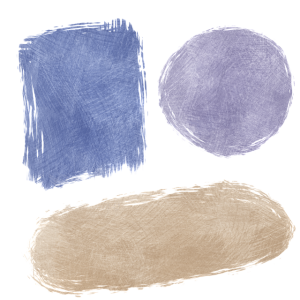Grout stain removal involves understanding stain causes, using proper tools & materials, regular cleaning, choosing the right cleaner for different grout types, and avoiding harsh chemicals or improper preparation. DIY methods are accessible but professional services offer superior results with less risk of damage. Effective prevention through daily maintenance and sealing extends grout lifespan.
Affordable grout stain removal is a common concern for many homeowners. This comprehensive guide delves into the root causes of grout stains, providing essential insights on prevention and effective cleaning methods. From understanding the types of stains and their origins to the best tools and materials, we offer a step-by-step approach for DIY enthusiasts. We also weigh the pros and cons of professional services, highlight common mistakes to avoid, and share maintenance tips for prolonged grout integrity. Discover the secrets to choosing the right cleaner for various grout types, ensuring optimal results without breaking the bank.
Understanding Grout Stain Causes
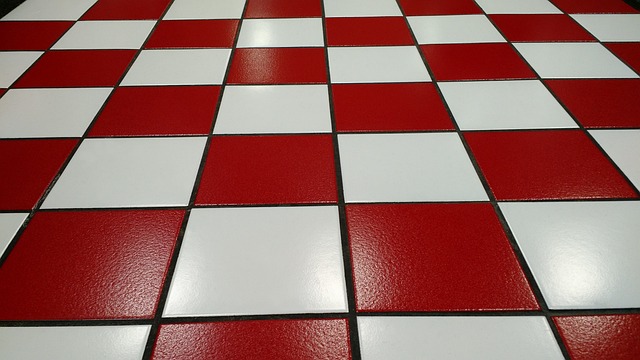
Grout stain removal is often a necessary task for homeowners due to various causes of grout stains. Understanding how these stains form is crucial in implementing effective removal methods. Grout, a material typically made from a mixture of sand, cement, and water, can absorb liquid spills, which then lead to staining over time. Common culprits include spilled coffee, tea, wine, or even common household cleaners that contain chemicals like vinegar or lemon juice. These substances penetrate the grout’s porous structure, causing discolouration that can range from light discolourations to deep, stubborn stains.
Moreover, environmental factors play a role in grout stain development. Exposure to sunlight and varying temperatures can cause the grout to expand and contract, leading to cracks that allow liquid penetration. Moisture from high humidity or leaks can also contribute to staining. Regular cleaning and prompt spillage management are key preventive measures. Knowing the root cause of the stain is essential when tackling grout stain removal, as it guides the choice of suitable cleaning agents and techniques for effective stain elimination without damaging the grout.
Tools and Materials for Removal

Removing grout stains requires the right tools and materials for effective cleaning. The first step is to gather essential items like a good quality grout stain remover, a stiff-bristled brush, and some warm water. These basic supplies are often all you need to tackle common grout stains. A grout stain remover can be found at most hardware stores or online retailers, offering various options tailored for different types of grout and stain severity.
For more stubborn stains, consider adding a little baking soda to your cleaning mixture. Baking soda acts as a natural abrasive, helping to scrub away the stain. Additionally, a vacuum cleaner with a small, crevice tool can be handy for removing any loose debris or dirt before applying the cleaning solution. These simple yet effective tools and materials make grout stain removal accessible and affordable for anyone looking to refresh their tile surfaces.
Step-by-Step Guide to Stain Elimination
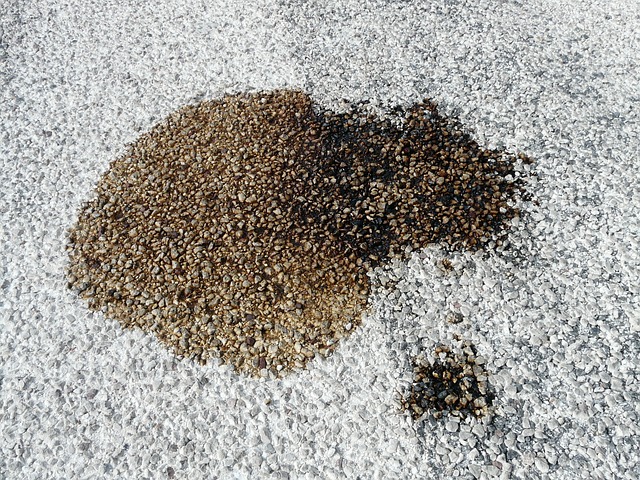
Removing grout stains can seem daunting, but with a few simple steps, you can restore your grout to its original state. Start by vacuuming or sweeping the floor to remove any loose debris. Next, mix a solution of warm water and mild dish soap in a bucket—the ratio should be about 4 parts water to 1 part soap. Dip a soft-bristled brush into the solution and gently scrub the stained grout lines. Be sure to work in small sections to prevent spreading the stain.
For tougher stains, consider using a commercial grout cleaner or a mixture of baking soda and vinegar. Apply the cleaner to the affected area, let it sit for several minutes, then scrub with an old toothbrush or a grout brush. Rinse thoroughly with warm water, and dry the floor with a clean cloth. Regular cleaning and sealing will help prevent future grout stains from setting in.
DIY vs Professional Services

When it comes to tackling grout stain removal, homeowners have a choice between doing it themselves (DIY) or hiring professional services. DIY methods are often appealing due to their cost-effectiveness and convenience. There are numerous over-the-counter products and homemade solutions available that can be just as effective as store-bought ones. Additionally, DIY approaches allow you to schedule the task at your leisure without the need for specialized equipment.
However, professional grout stain removal services offer several advantages. Experts have access to a wider range of powerful cleaning agents and techniques, ensuring more stubborn stains are effectively eliminated. They also provide valuable expertise in dealing with different tile types and grout compositions, resulting in less risk of damaging your surfaces. While professional services may come at a higher cost, the quality of work and time saved make it a worthwhile investment for those who prefer a hassle-free solution to grout stain removal.
Common Mistakes to Avoid
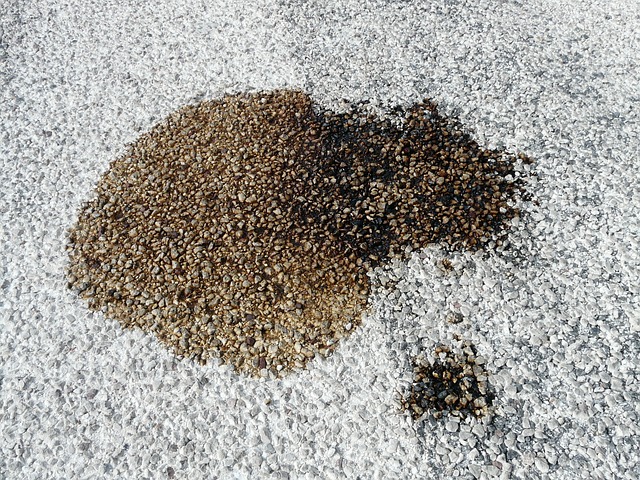
When tackling grout stain removal, it’s easy to fall into common traps that can lead to less-than-satisfactory results. One major mistake is using harsh chemicals without understanding their impact on your grout and surrounding tiles. Many commercial cleaners are aggressive and can damage or discolor your grout, especially if not used correctly. Always check the product instructions and consider natural alternatives for gentle cleaning.
Another frequent error is ignoring pre-treatment. Before applying any cleaner, scrub away visible stains with a stiff brush and warm water to loosen them. This initial step is crucial as it prepares the grout for effective cleaning and prevents unnecessary residue buildup. Remember, proper preparation is key to achieving spotless grout without causing damage or requiring excessive effort.
Maintenance Tips for Longevity
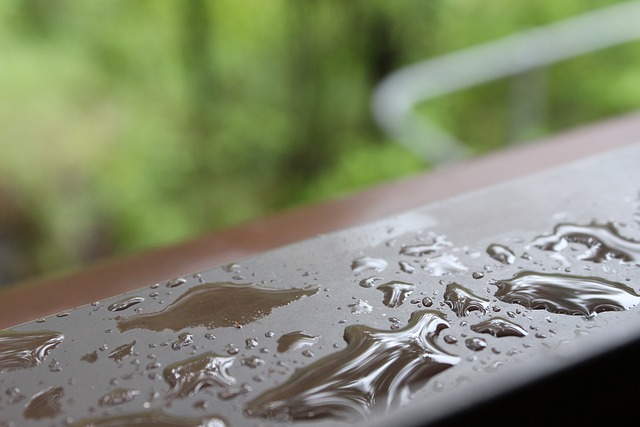
Regular maintenance is key to keeping your grout stain-free for longer. Start by sweeping or vacuuming your floors daily to remove loose dirt and debris that could cause staining. Next, use a microfiber cloth to wipe away any spills or messes immediately. This quick response can prevent stains from setting.
Additionally, consider sealing your grout every few months with a high-quality sealer. This protective layer repels liquid and makes it easier to clean up any accidental messes. By combining these simple steps with regular deep cleaning, you’ll significantly extend the lifespan of your grout and keep it looking fresh and new.
Choosing the Right Cleaner for Different Grout Types

When tackling grout stain removal, selecting the appropriate cleaner is key, especially considering the diverse range of grout types. Different materials require specific care to avoid damage or discolouration. For example, porous tiles like ceramic or stone may need a milder, pH-neutral cleaner to prevent soaking and staining. In contrast, non-porous grouts, often found in commercial settings, might demand a stronger, acid-based solution capable of cutting through tough stains without affecting the grout’s integrity.
Understanding your grout material is crucial for effective stain removal. Natural stone, known for its beauty, also requires careful handling. Opt for cleaners designed for stone to preserve its finish and protect against etching. On the other hand, plastic or vinyl grouts, common in bathrooms, usually handle stronger chemicals better but should still be treated with care to avoid warping or discolouration. Always check product labels and follow manufacturer guidelines for safe and effective grout stain removal tailored to your specific material.
